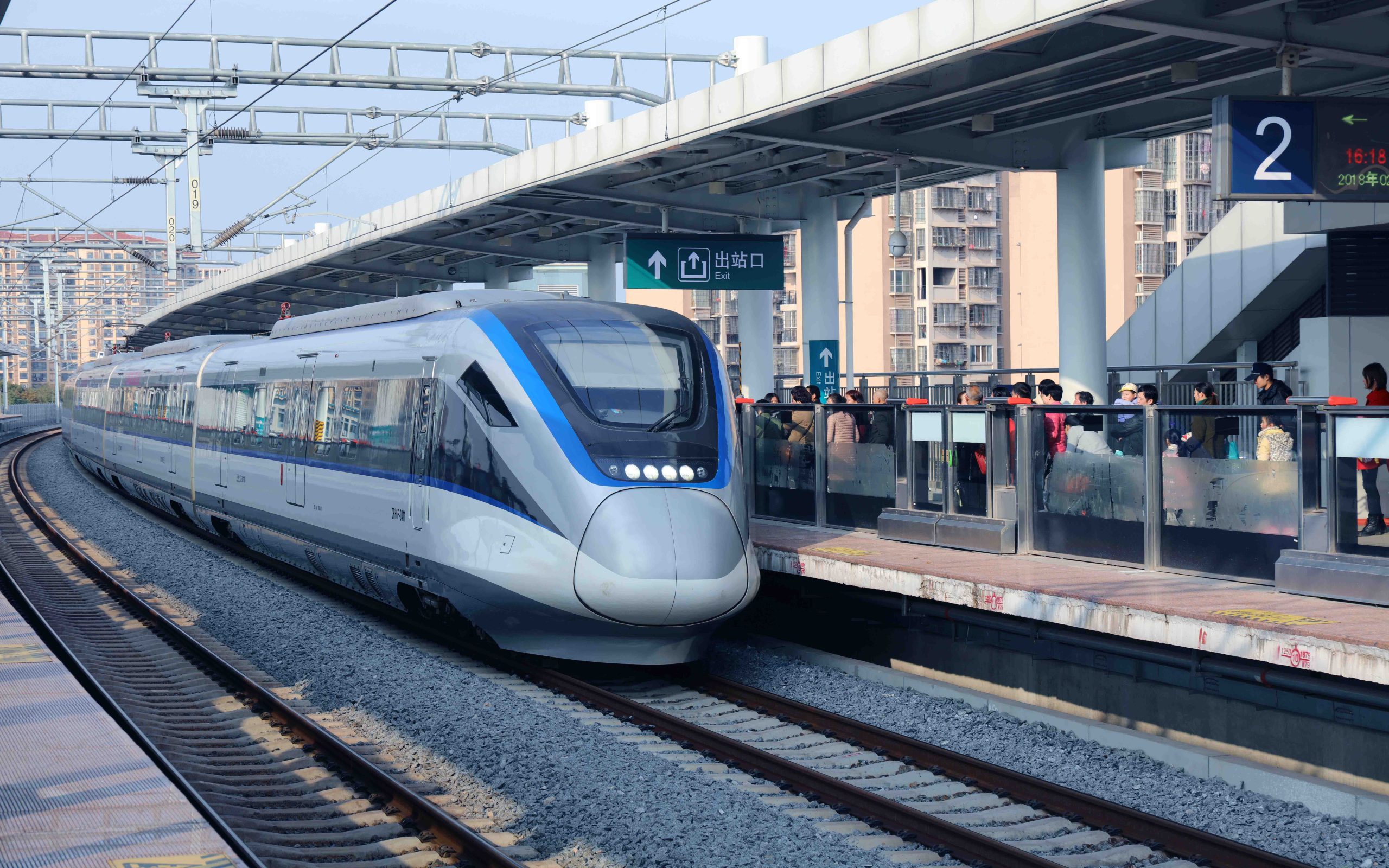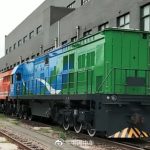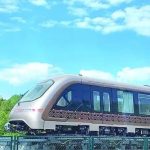In 2021, as the first year of the “14th Five-Year Plan”, the “14th Five-Year Plan” of various provinces and cities has been released one after another, and almost all provinces have carried out large-scale planning for municipal railways.

On March 12, 2021, the “14th Five-Year Plan for the National Economic and Social Development of the People’s Republic of China and the Outline of the Vision for 2035” was announced. As the backbone, we will open up various “dead end roads” and “bottleneck roads”, promote the effective connection of internal and external traffic and the “four-network integration” of rail transit, and improve the connectivity and continuity of infrastructure in the metropolitan area.
According to the information from the “2021 China Urban Rail Transit Market Development Report”, as of December 31, 2021, a total of 7 cities including Beijing, Chengdu, Shanghai, Ningbo, Wenzhou, Tianjin and Shenzhen have opened and operated 11 ( section) city area (suburban) railway line, with a total mileage of 804.06 kilometers (most of which are reconstruction of existing lines), with a total of 88 stations, of which Beijing Suburban Railway Tongmi Line and Tianjin Jinji Railway use 25G ordinary railway passenger cars, and the rest The line vehicles are all EMUs.
The latest statistics are based on the latest urban railway standards (the service range is generally between 50km and 100km; the average station spacing is about 3km; the design speed is between 100km/h and 160km/h). As of December 31, 2021, China includes 27 urban railways (including intercity railways with local investment as the main body) in 28 cities including Beijing, Chengdu, Jinhua, Taizhou, Chuzhou, Wenzhou, Zhengzhou, and Chongqing are under construction (including new construction in 2021), with a mileage of 1,434.78 kilometers. There are 335 stations, with a planned investment of 715.458 billion yuan.
From 2022 to 2023, there will be Guangzhou metropolitan area, Fuzhou metropolitan area, Zhengzhou metropolitan area, Nanchang metropolitan area, Nanning metropolitan area, Nanjing metropolitan area, Hefei metropolitan area, Hangzhou metropolitan area, Wenzhou metropolitan area, Ningbo metropolitan area, and Chengdu metropolitan area. 39 new urban (suburban) railway lines in multiple metropolitan areas such as Shanghai Metropolitan Area and Shanghai Metropolitan Area have started construction, involving a line mileage of about 2057.82 kilometers and an investment of 914.864 billion yuan.


